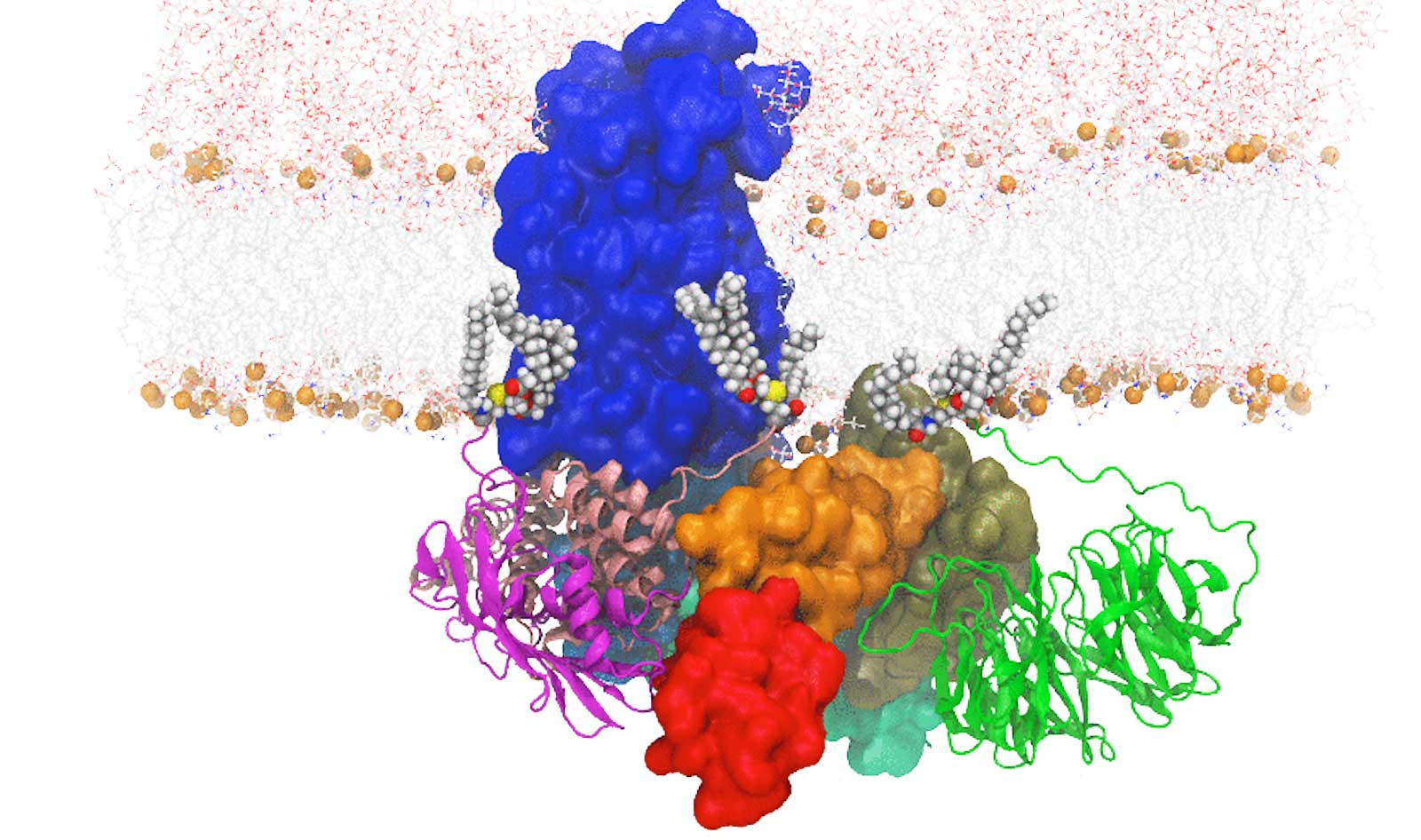The primary faculty members in the T.C. Jenkins Department of Biophysics have deep expertise in the application of thermodynamics and kinetics, NMR spectroscopy, X-ray crystallography, and computational methods to examine the function and structural and physical properties of proteins and nucleic acids.
Research Groups
- Barrick Group
- Bowman Group
- Fleming Group
- García-Moreno Group
- Huang Lab
- Johnson Group
- Lecomte Group
- Woodson Group
Research Themes
High-Resolution Structure Determination of Macromolecules
Most of the laboratories in the Department of Biophysics are either directly involved in determining the structure of proteins and nucleic acids or are using high-resolution structures to illuminate their own work. The department houses an X-ray crystallography facility for macromolecular structure determination. This multi-user facility is shared by a number of laboratories. The adjacent NMR facility houses five high-field NMR spectrometers.
Determination of the Forces and Energetics that Determine Macromolecular Structure and Function
Topics such as experimental studies of electrostatic and solvent interactions, and computational molecular and statistical mechanical analysis are prevalent in many laboratories in the department. Students have access to two of the finest microcalorimetry laboratories in the field, state-of-the-art fluorescence and circular dichroism spectrophotometers. In addition, students can use EPR, NMR, and mass spectrometry facilities in the neighboring Department of Chemistry. Advanced computing facilities housed within the department are available to students 24 hours a day.
The Study of Macromolecular Assembly, Allostery, and Regulation
Departmental laboratories are studying the kinetics and energetics of RNA folding, nucleoprotein complexes of viruses, ribosomes, and nucleosomes, DNA-protein interactions, hemoglobin allostery and polymerization, interactions between designer drugs and their targets, and complexes of signal transduction proteins. Research in this area is facilitated by a new, shared, analytical ultracentrifugation facility.
Quantitative Physiology
We continue a long departmental tradition of providing students with training in quantitative physiology, in which the principles of molecular biophysics are applied to complex biological environments. Areas of research include mechanisms of immunity and pathogenesis in mucosal environments, molecular and biophysical mechanisms of cell transformations, and associative learning.
